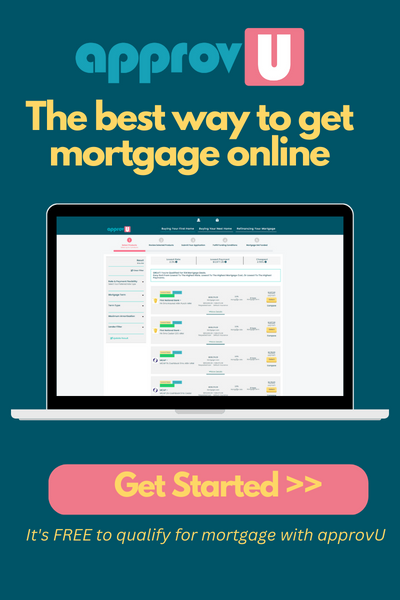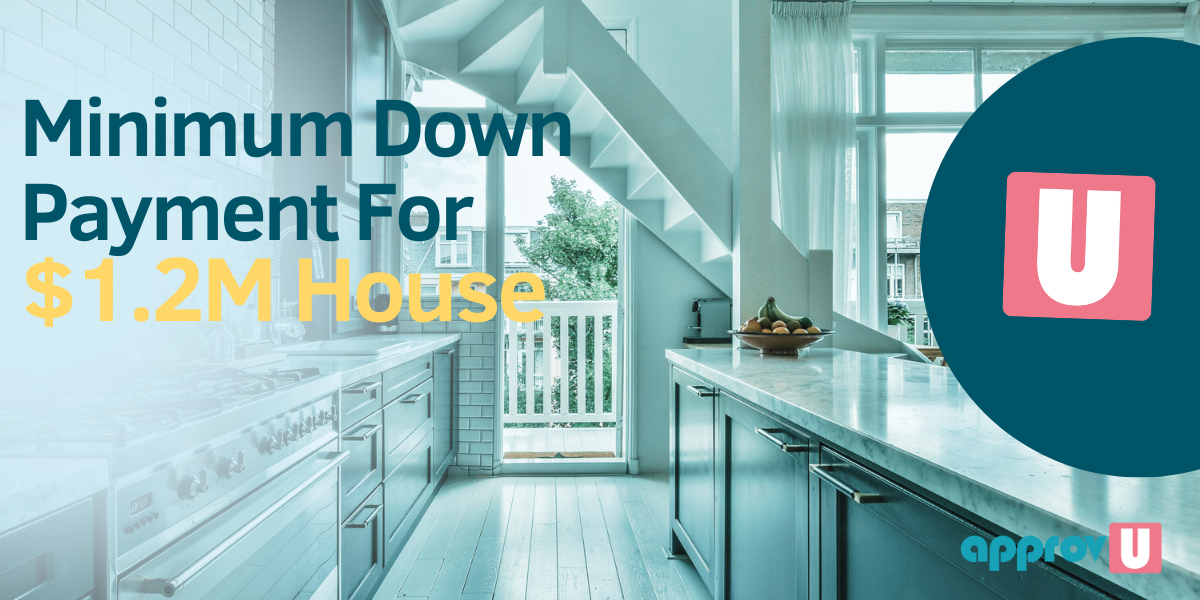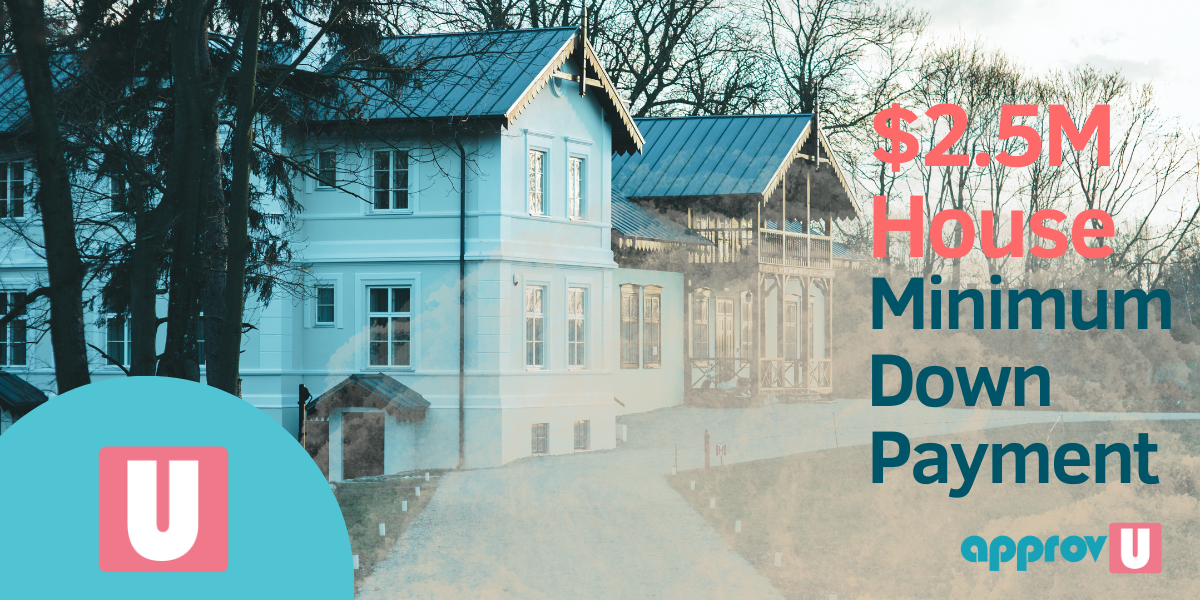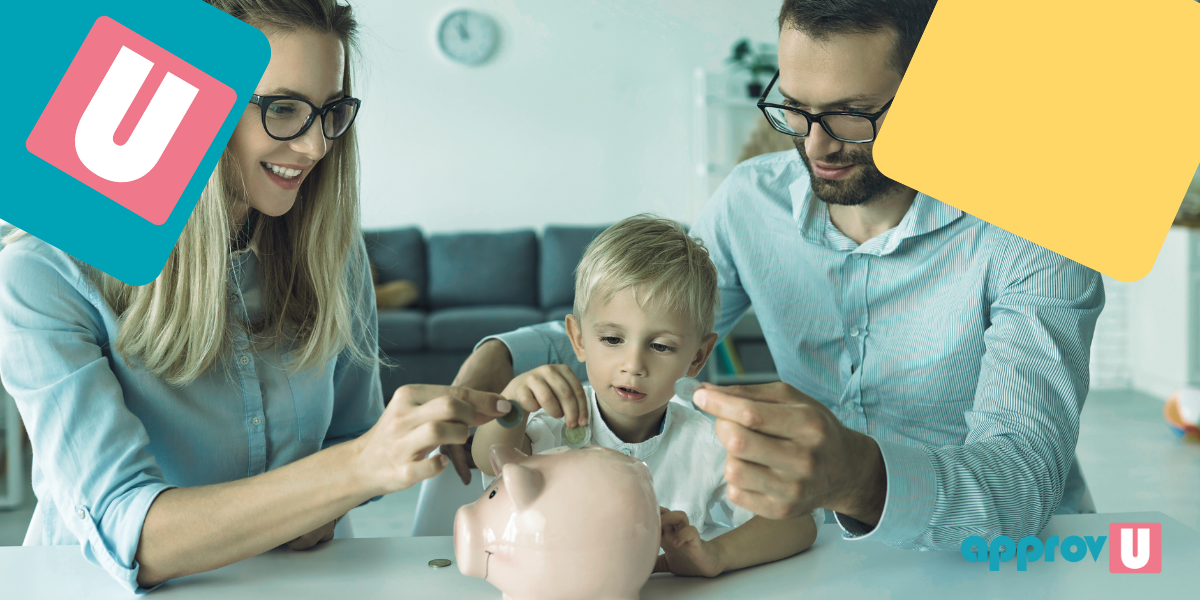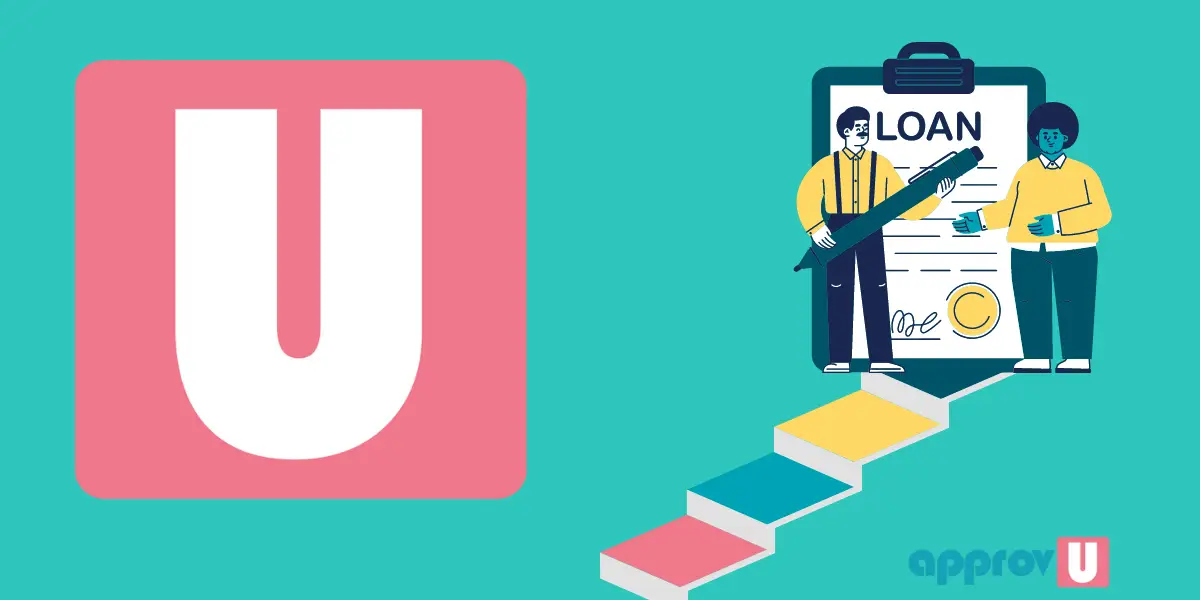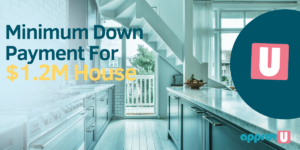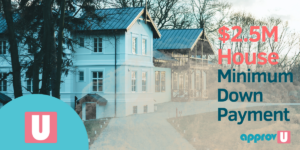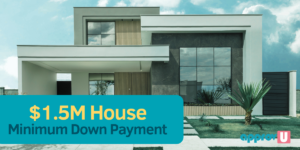Buying a home is a dream for many, but saving for the down payment can be daunting.
However, saving enough money for your dream home is possible with the right approach and determination.
In this article, we will be discussing 9 easy down payment-saving tips for first-time home buyers.
From creating a budget to reducing unnecessary expenses and seeking down payment assistance, these tips will help you achieve your homeownership goals.
So, whether you’re just starting to save or are a few months into your savings plan, these tips will help you stay on track and reach your target.
Start Saving Early
Starting to save for a down payment early is a smart move that can pay off in the long run.
It may take a bit of sacrifice in the short term, but in the end, it will be well worth it when you finally achieve the goal of homeownership.
The longer you have to save, the more you’ll be able to accumulate.
This is because time is on your side when it comes to saving.
The earlier you start, the more interest you’ll earn on your savings, which can add up to a significant amount over time.
For example, if you save $400 a month for a down payment five years before you plan to buy a home, you’ll have $24,000 saved up.
But if you wait two years before buying, you’ll only have $9,600 saved.
The difference can be substantial and make it much easier to come up with a down payment when you’re ready to buy.
Additionally, starting early allows you to be more flexible with your savings goals.
End up needing more or less money than you originally estimated; you’ll have more time to adjust your savings plan.
It’s also important to note that the more you save for a down payment, the better mortgage terms you may be eligible for.
This can mean a lower interest rate, smaller monthly payments, and more equity in your home.
Create a Budget
Creating a budget is an excellent method for clearly understanding your finances and determining your monthly savings capacity.
By establishing a budget, you can accurately assess your monthly income and expenses, allowing you to calculate how much you can feasibly save.
Begin by itemizing all sources of income and expenditures, including fixed costs such as rent or mortgage payments and variable expenses like groceries and leisure activities.
After gaining a comprehensive view of your financial situation, you can figure out the remaining amount available each month for a down payment.
It’s crucial to maintain realistic expectations when forming a budget.
Although maximizing savings may be appealing, it’s impractical to anticipate saving large amounts if you’re living pay cheque to pay cheque.
Instead, establish an attainable savings objective and strive to achieve it on a monthly basis.
Follow The Plan
Once you have a budget, it’s crucial to stick to it.
This means cutting back on unnecessary expenses, like eating out or non-essential subscription services, and consciously saving the designated amount each month.
It’s also important to regularly review your budget and make adjustments as needed.
Keep track of your spending, ensure you’re sticking to your budget, and adjust your savings goal if necessary.
By sticking to your budget and regularly reviewing it, you can stay on track and make steady progress toward your down payment savings goal.
Reduce Unnecessary Expenses
Continuing from the previous point, curbing unnecessary expenses is an effective way to accumulate funds for a down payment as a first-time home buyer.
Being mindful of your spending and seeking opportunities to minimize costs can help you achieve your homeownership goal faster.
Cutting back on dining out is a simple way to reduce expenses, as cooking more meals at home can save a significant amount each month.
Additionally, review your subscription services and cancel those that are unused.
Streaming platforms, magazines, or online memberships can accumulate expenses that could instead contribute to your down payment.
Strategize to economize on essential purchases by comparing grocery prices, buying in bulk, and opting for generic or store-brand items.
Negotiate bills for services like internet or cable and explore methods to lower insurance premiums.
Lastly, tracking your spending by retaining receipts, logging costs, or utilizing a budgeting app can help identify areas for further cutbacks.
Increase Your Income
By earning more money, you can put more towards your down payment, which can help you reach your down payment savings goal faster.
- One way to increase your income is by working part-time or freelance work. This can be especially beneficial if you have a skill or talent that can be monetized, such as writing, graphic design, or programming. Many companies are offering work-from-home opportunities. And the market for freelancers is growing, so you may find it easier to find extra work now than ever before.
- Asking for a raise at your current job is another way to increase your income. If you’ve worked hard with your employer for a while, it may be worth discussing a raise with your boss. You could also look for a job with better or higher pay.
- Consider starting your own business or side hustle, a great way to earn extra money. This could include selling items online to provide a service, such as dog walking or tutoring.
It’s important to remember that increasing your income takes time and effort. Still, it can significantly affect your ability to save for a down payment over time.
You can put more money toward your down payment by doing extra work or finding ways to earn more.
The money put towards your down payment can help you achieve your goal of homeownership faster.
Take Advantage of First-Time Homebuyer Programs
There are several down payment assistance programs for first-time buyers from the federal level to local municipalities.
The federal government is the Home Buyers’ Plan (HBP), which allows first-time homebuyers like yourself to withdraw up to $35,000 from their Registered Retirement Savings Plan (RRSP) to use as a down payment on a home.
It’s also worth checking with your local government to see if they have specific programs or incentives to help first-time homebuyers.
For example, Woodstock, Brantford and Windsor have down payment assistance programs for first-time buyers.
It’s important to note that program availability and conditions vary by province, territory and municipality, so it’s a good idea to research and check the conditions that apply to your specific location.
By taking advantage of these programs, you’ll be able to save money on the costs of purchasing a home, making it easier for you to afford your first home as a first-time homebuyer.
Opt for a High-Interest Savings Account
A critical strategy for saving for a down payment on a first home is to look for savings accounts or investment vehicles that offer a higher interest rate.
This can help your savings grow faster, allowing you to reach your down payment goal more quickly.
A high-yield savings account is a type of savings account that offers a higher interest rate than a traditional savings account.
These accounts typically require a higher minimum balance.
They often have more strict withdrawal conditions, but they can help your savings grow faster.
Some banks and credit unions offer high-yield savings accounts, and it’s worth checking with multiple financial institutions to find the best interest rate for your needs.
Another option to consider is a Certificate of Deposit (CD).
CDs are a type of savings account that requires you to deposit a certain amount of money for a fixed period, usually between 3 months and five years.
In exchange for keeping your money in the account for the full term, you’ll typically receive a higher interest rate than a traditional savings account.
As with mortgage interest rates, the high-yield saving account interest rates are subject to market, and financial institution changes.
Before opening a savings account, shop for the best interest rate and compare the fees, minimum deposit, and other conditions.
Sell Everything You Don’t Need
By decluttering and removing items you no longer use or need, you can free up extra space in your home and earn extra money.
That extra money can be put towards your down payment savings goal.
When going through your possessions, look good at what you have and ask yourself if you need or use it. If the answer is no, it’s time to consider selling it.
You can sell clothes, furniture, electronics, and even cars.
One of the great things about selling items you no longer need is that it’s easy to do.
Online platforms such as Facebook Marketplace, Craigslist, and eBay make selling items quickly and easily easy.
You can also consider having a garage sale or selling items to a consignment store.
Consider “Renting” Businesses
You can rent your car, bike, tools, etc., to boost your savings and achieve your homeownership dreams.
You can also consider renting out a room in your home or renting out your property on a short-term basis on platforms such as Airbnb.
This can be a great way to earn extra money and put it towards your down payment savings goal.
Conclusion
Buying a first home can be a daunting task. Still, following these 9 easy down payment saving tips can make the process more manageable and help you achieve your homeownership dreams.
From creating a budget and reducing unnecessary expenses to increasing your income and taking advantage of programs for first-time homebuyers, there are many ways to save for your down payment.
Additionally, consider automating your savings plan, making a list of priorities and desires, selling items you no longer need, giving up bad habits, and seeking the advice of an experienced real estate agent can all help you achieve your goal.
Remember, it takes time and dedication, but you can become a homeowner with a solid plan and mindset.



